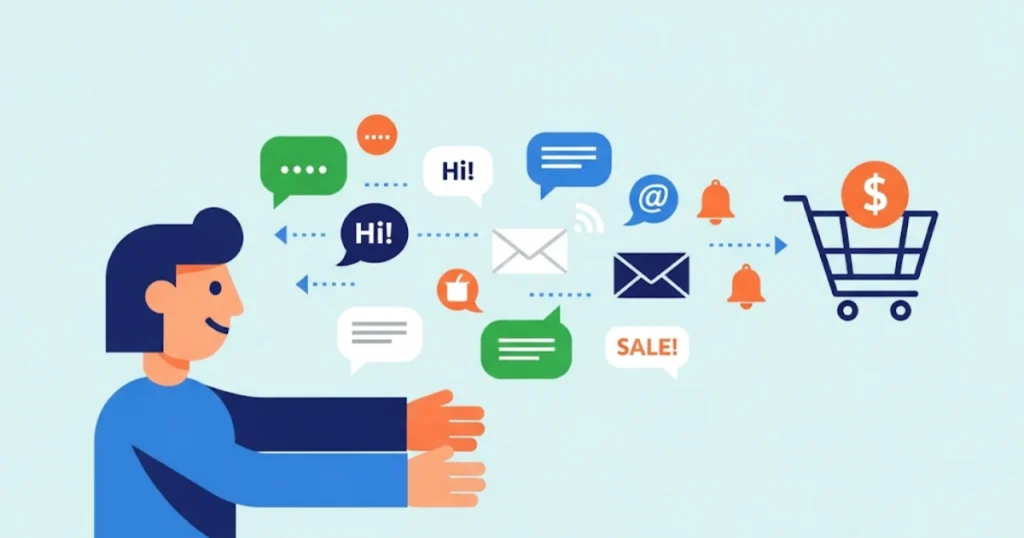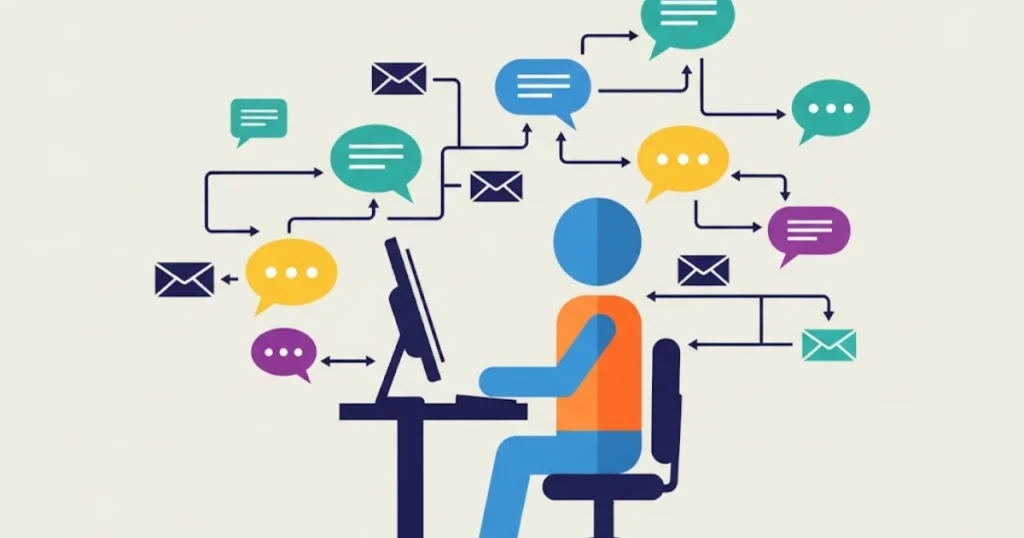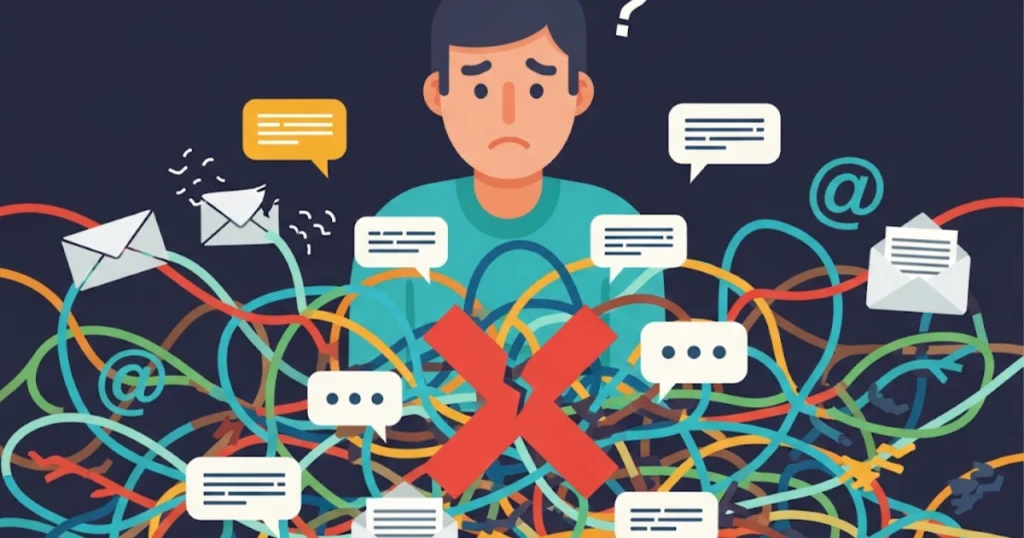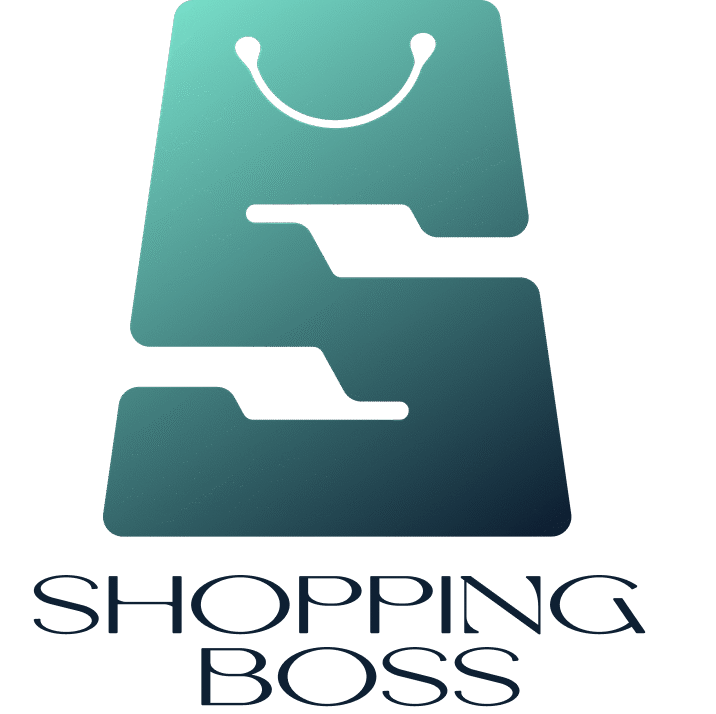Imagine waking up to notifications of sales that happened while you were sleeping. Sounds like a dream, right? Well, with the power of automated messages, this dream can become your reality. Whether you're running a small online store or managing a growing eCommerce business, automated messages can transform how you connect with customers and drive sales around the clock.
What Are Automated Messages and Why Do They Matter?
Automated messages are pre-written communications that get sent to your customers automatically based on specific triggers or schedules. Think of them as your digital sales assistant that never sleeps, never takes breaks, and always knows exactly what to say at the right moment.
These messages work across various platforms, email, SMS, social media, and even chatbots on your website. The beauty of automated messages lies in their ability to nurture customer relationships, recover abandoned sales, and generate revenue without your constant attention. For new eCommerce sellers, this technology levels the playing field, allowing small businesses to compete with larger companies that have dedicated marketing teams.
The Science Behind Sleep-Selling Success
The concept of selling while you sleep isn't magic, it's strategic timing and smart automation. Your customers live in different time zones, have varying schedules, and browse your products at all hours. While you're catching up on rest, someone across the world might be ready to make a purchase but needs just a little nudge.
Automated messages capitalize on this by delivering timely, relevant communications that guide potential customers through their buying journey. Studies show that businesses using marketing automation see a 451% increase in qualified leads. When you implement automated messages correctly, you're essentially creating a sales funnel that operates 24/7, converting visitors into customers even when you're offline.
Types of Automated Messages That Generate Sales

Welcome Series Messages
Your welcome series is the digital equivalent of a warm handshake. These automated messages greet new subscribers or customers, introduce your brand, and set expectations for future communications. A well-crafted welcome series can increase customer engagement by up to 320% and drive immediate sales through special offers or product recommendations.
Abandoned Cart Recovery Messages
Shopping cart abandonment affects nearly 70% of online purchases. Automated messages targeting cart abandoners can recover 10-15% of these lost sales. These messages remind customers about items they left behind, address common concerns, and often include incentives like discounts or free shipping to complete the purchase.
Post-Purchase Follow-up Messages
The relationship doesn't end when someone buys from you. Automated messages can request reviews, suggest complementary products, or provide helpful tips for using their purchase. These messages build loyalty and encourage repeat business, turning one-time buyers into lifelong customers.
Re-engagement Messages
When customers go quiet, automated messages can bring them back. These campaigns target inactive subscribers with special offers, new product announcements, or simply ask if they're still interested in hearing from you. They help maintain a clean, engaged email list while potentially reactivating dormant customers.
Setting Up Your First Automated Message Campaign

Starting with automated messages doesn't have to be overwhelming. Begin with one simple campaign and gradually expand your automation strategy.
First, choose your platform. Popular email marketing tools like Mailchimp, Klaviyo, or ConvertKit offer user-friendly automation features perfect for beginners. For SMS marketing, consider platforms like SMSBump or Postscript.
Next, define your trigger. What action should prompt your automated messages? Common triggers include new signups, purchases, cart abandonment, or specific dates like birthdays or anniversaries.
Then, craft your message sequence. Start with 2-3 messages spaced appropriately. For abandoned cart sequences, send the first message within an hour, the second after 24 hours, and a final message after 48-72 hours.
Best Practices for Effective Automated Messages
Personalization is key to successful automated messages. Use your customer's name, reference their specific actions, and tailor content to their interests or purchase history. Generic, robotic messages get ignored, but personalized communications feel valuable and relevant.
Timing matters significantly. Test different send times to find when your audience is most responsive. Generally, Tuesday through Thursday between 10 AM and 2 PM work well for email, while SMS messages perform better in the evening.
Keep your messages mobile-friendly. Over 50% of emails are opened on mobile devices, so ensure your automated messages look great on smartphones and tablets. Short paragraphs, clear call-to-action buttons, and responsive design are essential.
Always provide value in your automated messages. Whether it's helpful information, exclusive discounts, or entertaining content, each message should give recipients a reason to engage with your brand.
Advanced Automation Strategies for Growing Businesses
As you become comfortable with basic automated messages, consider implementing more sophisticated strategies. Behavioral triggers can send messages based on website activity, purchase patterns, or engagement levels. For example, you might send messages to customers who viewed a specific product category multiple times but haven't made a purchase.
Segmentation allows you to send different automated messages to different customer groups. New customers might receive educational content about your products, while loyal customers get exclusive previews of new arrivals.
Dynamic content takes personalization further by automatically inserting products, offers, or content based on individual customer data. This creates unique experiences for each recipient without manual effort.
Measuring Success and Optimizing Performance
Track key metrics to understand how your automated messages perform. Open rates, click-through rates, conversion rates, and revenue per email are crucial indicators of success. Most email marketing platforms provide detailed analytics to help you monitor these metrics.
A/B test different elements of your automated messages, subject lines, send times, message content, and call-to-action buttons. Small improvements in these areas can significantly impact your overall results.
Regular list hygiene ensures your messages reach engaged recipients. Remove inactive subscribers periodically to maintain good deliverability and engagement rates.
Common Automated Messages Mistakes to Avoid

Don't overwhelm customers with too many automated messages. Finding the right frequency prevents unsubscribes while maintaining engagement. Start conservatively and adjust based on customer feedback and performance data.
Avoid making your automated messages sound too robotic. While they're automated, they should still feel human and conversational. Write like you're talking to a friend, not broadcasting to masses.
Never neglect to test your messages before launching. Broken links, formatting issues, or timing problems can damage your brand reputation and waste opportunities.
At Shopinbos, we understand that setting up automated messages can feel daunting for first-time sellers. Our platform provides step-by-step guidance and templates that make automation accessible, regardless of your technical background. We break down complex processes into simple, actionable steps that anyone can follow.
Frequently Asked Questions
How much should I expect to earn from automated messages?
Results vary by industry and implementation, but businesses typically see 20-30% of their email revenue come from automated campaigns. Some well-optimized automation strategies can generate 50% or more of total email marketing revenue.
What's the best time to send automated messages?
It depends on your audience, but generally Tuesday-Thursday between 10 AM-2 PM work well for emails. For SMS, evenings around 6-8 PM tend to perform better. Test different times with your specific audience for optimal results.
How many automated messages should I send for abandoned cart recovery?
A sequence of 3-4 messages typically works best. Send the first within an hour of abandonment, the second after 24 hours, and a final message after 2-3 days. Some brands add a fourth message after a week with a stronger incentive.
Can automated messages work for any type of product or service?
Yes, they can be adapted for virtually any business. The key is tailoring your message content, timing, and triggers to match your specific industry, customer behavior, and sales cycle.

